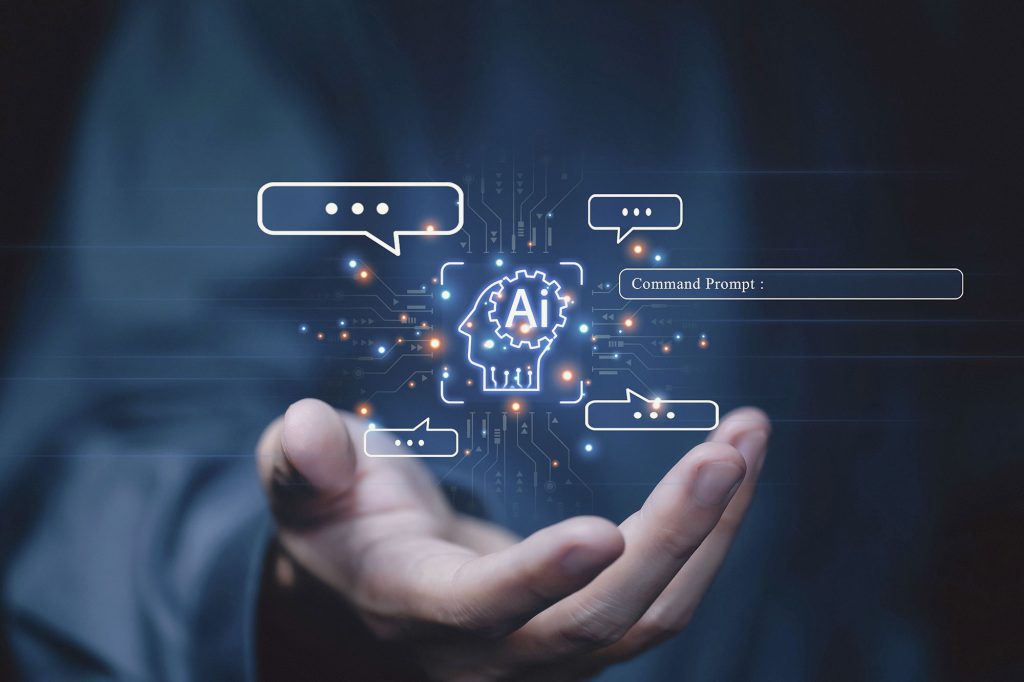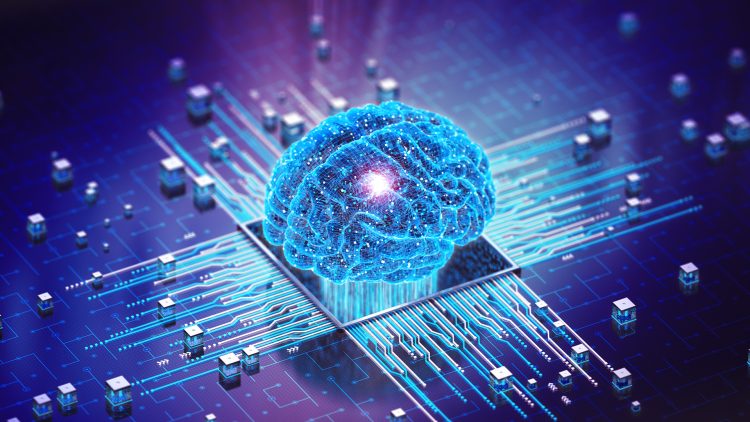Introduction
In the last decade, technologies like blockchain, artificial intelligence (AI), and the Internet of Things (IoT) have evolved rapidly—each promising to revolutionize its own domain. But now, the lines between these innovations are blurring. A growing number of platforms and projects are integrating these technologies in pursuit of more autonomous, intelligent, secure, and decentralized systems.
This convergence marks the beginning of a new technological paradigm. It’s no longer just about blockchain or AI on their own—it’s about how they work together to reshape how we interact with the digital and physical world.
This article explores the emerging fusion of blockchain with AI, IoT, and other cutting-edge technologies, the transformative potential of these integrations, and the challenges that come with building truly interconnected intelligent systems.
1. Blockchain + Artificial Intelligence (AI)
Why Combine Blockchain and AI?
AI thrives on large datasets, learning and optimizing from patterns. But it also raises concerns about data manipulation, privacy, and explainability. Blockchain, with its immutable and transparent ledger, offers a way to verify, secure, and trace AI processes.
Benefits of Integration
- Trustworthy AI: Blockchain ensures AI models are auditable and decisions traceable.
- Secure Data Sharing: Decentralized data marketplaces allow individuals and organizations to share data with AI engines without giving up control.
- Model Provenance: Blockchain can record who created, trained, or modified an AI model and when.
Use Cases
- Healthcare: AI diagnoses based on verifiable patient data stored on-chain.
- Finance: Auditable AI-based trading algorithms with on-chain performance logs.
- Decentralized AI Networks: Projects like SingularityNET and Fetch.ai offer marketplaces for decentralized AI services.
2. Blockchain + Internet of Things (IoT)
Why It Matters
The IoT ecosystem connects billions of devices—sensors, vehicles, appliances—generating vast amounts of data. But central systems struggle to manage this scale securely and efficiently.
How Blockchain Helps
- Device Authentication: Each IoT device can be assigned a unique, verifiable identity on a blockchain.
- Data Integrity: Blockchain ensures that device data is tamper-proof and traceable.
- Decentralized Networks: Removes central control points, making IoT systems more resilient.
Use Cases
- Smart Cities: Real-time sensor data from traffic lights and pollution monitors recorded immutably.
- Supply Chain: Cold-chain sensors automatically log conditions (temperature, location) to blockchain for pharmaceutical shipments.
- Energy Grids: IoT-connected homes buy and sell energy autonomously via smart contracts.
3. Blockchain + Edge Computing
What Is Edge Computing?
Edge computing processes data closer to where it is generated—reducing latency and bandwidth requirements.
Synergy with Blockchain
- Blockchain enables trustless coordination between edge nodes.
- Smart contracts automate service agreements and resource sharing at the edge.
- Useful in environments where centralized cloud control is impractical (e.g., autonomous vehicles, remote manufacturing).
Example
- Autonomous drones or robots executing smart contracts to request data, services, or resources from nearby nodes—without human intervention.
4. Blockchain + Robotics
Next-Gen Autonomous Systems
Robots operating independently—on land, in factories, or in the metaverse—require a secure way to transact, collaborate, and make decisions.
What Blockchain Enables
- Machine-to-Machine Payments: Robots can pay one another (or humans) using cryptocurrency.
- Cooperation Protocols: Decentralized agreements enforce coordination among multiple machines.
- Identity & Reputation: Robots or agents have on-chain reputations and permissions.
Example
- A warehouse robot pays another robot for battery charging services using a smart contract.
5. Blockchain + Augmented & Virtual Reality (AR/VR)
Towards the Metaverse
As immersive environments gain popularity, blockchain plays a key role in digital ownership, identity, and economics within virtual worlds.
Impact
- NFTs provide ownership of virtual land, avatars, and items.
- On-chain identity ensures secure login and continuity across platforms.
- Interoperable economies use blockchain-based tokens across multiple games or experiences.
Example
- Platforms like Decentraland and The Sandbox allow users to buy, develop, and monetize virtual real estate using blockchain.

6. Potential Disruption: A New Digital Infrastructure
The fusion of these technologies paves the way for:
- Autonomous economic agents: AI-powered machines or software agents negotiating and transacting on-chain without human input.
- Decentralized data economies: Individuals monetizing their health, mobility, or social data via blockchain-based data marketplaces.
- Hyper-personalized services: AI that respects privacy, trains on encrypted data, and operates on-chain for transparency.
These systems challenge traditional centralized tech platforms, financial intermediaries, and data monopolies.
7. Challenges and Considerations
1. Interoperability
- Integrating diverse systems (AI, IoT, blockchain) requires standard protocols and robust APIs.
2. Security
- More nodes and connections mean more attack surfaces.
- Blockchain’s immutability must be balanced with real-time, dynamic AI updates.
3. Energy and Scalability
- IoT and AI workloads are resource-intensive—blockchains must remain efficient and scalable, especially in edge environments.
4. Regulatory Landscape
- Legal uncertainty around AI accountability, data privacy, and crypto transactions still needs resolution.
Conclusion
The convergence of blockchain with AI, IoT, edge computing, and immersive technologies is not a trend—it’s an emerging technological wave that promises to reshape our digital future. These integrations could unlock systems that are autonomous, intelligent, transparent, and trustless—a stark departure from the centralized, siloed systems we rely on today.
If this fusion succeeds, it won’t just change how machines talk to each other—it will redefine how value, identity, data, and intelligence flow across our world. The organizations that understand and embrace this convergence now will be the architects of tomorrow’s digital economy.
















































